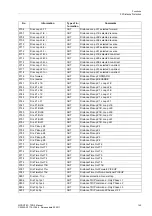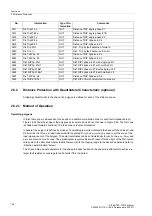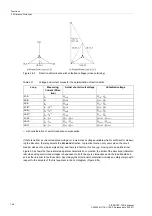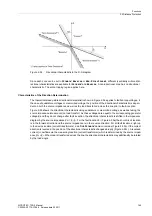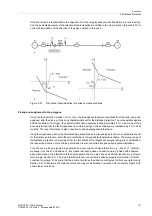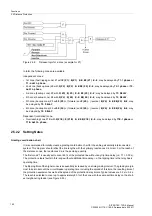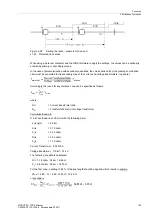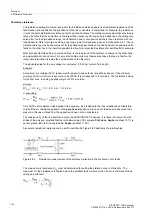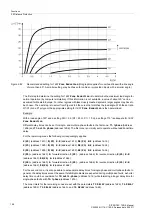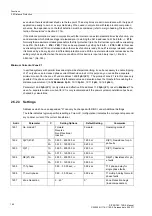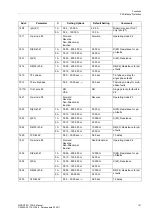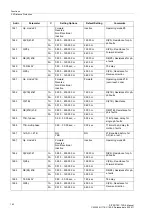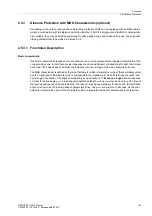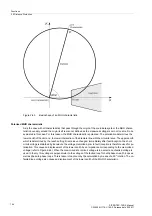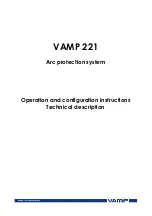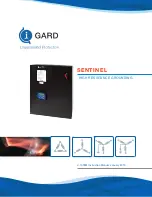
Functions
2.5 Distance Protection
SIPROTEC, 7SD5, Manual
C53000-G1176-C169-5, Release date 02.2011
149
Figure 2-54
Directional characteristic in the R-X-diagram
Since each zone can be set to
Forward
,
Reverse
or
Non-Directional
, different (centrically mirrored) di-
rectional characteristics are available for
Forward
and
Reverse
. A non-directional zone has no directional
characteristic. The entire tripping region applies here.
Characteristics of the Direction Determination
The theoretical steady-state directional characteristic shown in Figure 2-54 applies to faulted loop voltages. In
the case of quadrature voltages or memorized voltage, the position of the directional characteristic is depen-
dent on both the source impedance as well as the load transferred across the line prior to fault inception.
Figure 2-55 shows the directional characteristic using quadrature or memorized voltage as well as taking the
source impedance into account (no load transfer). As these voltages are equal to the corresponding generator
voltage E and they do not change after fault inception, the directional characteristic is shifted in the impedance
diagram by the source impedance Z
S1
= E
1
/
I
1
. For the fault location F
1
(Figure 2-55a) the short-circuit location
is in the forward direction and the source impedance is in the reverse direction. For all fault locations, right up
to the device location (current transformers), a definite
Forward
decision is made (Figure 2-55b). If the current
direction is reversed, the position of the directional characteristic changes abruptly (Figure 2-55c). A reversed
current
I
2
now flows via the measuring location (current transformer) which is determined by the source imped-
ance Z
S2
+ Z
L
. When load is transferred across the line, the directional characteristic may additionally be rotated
by the load angle.











